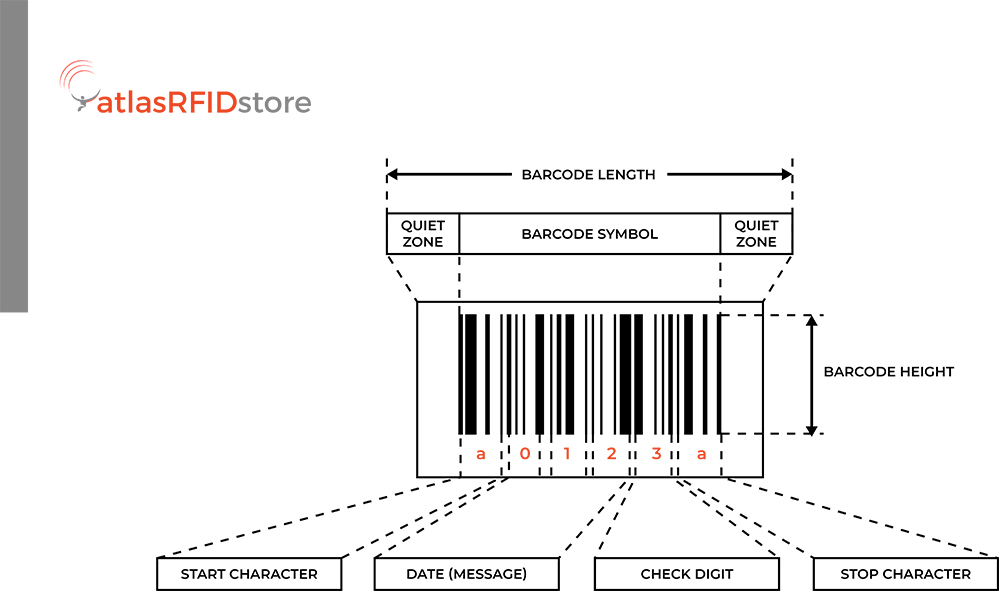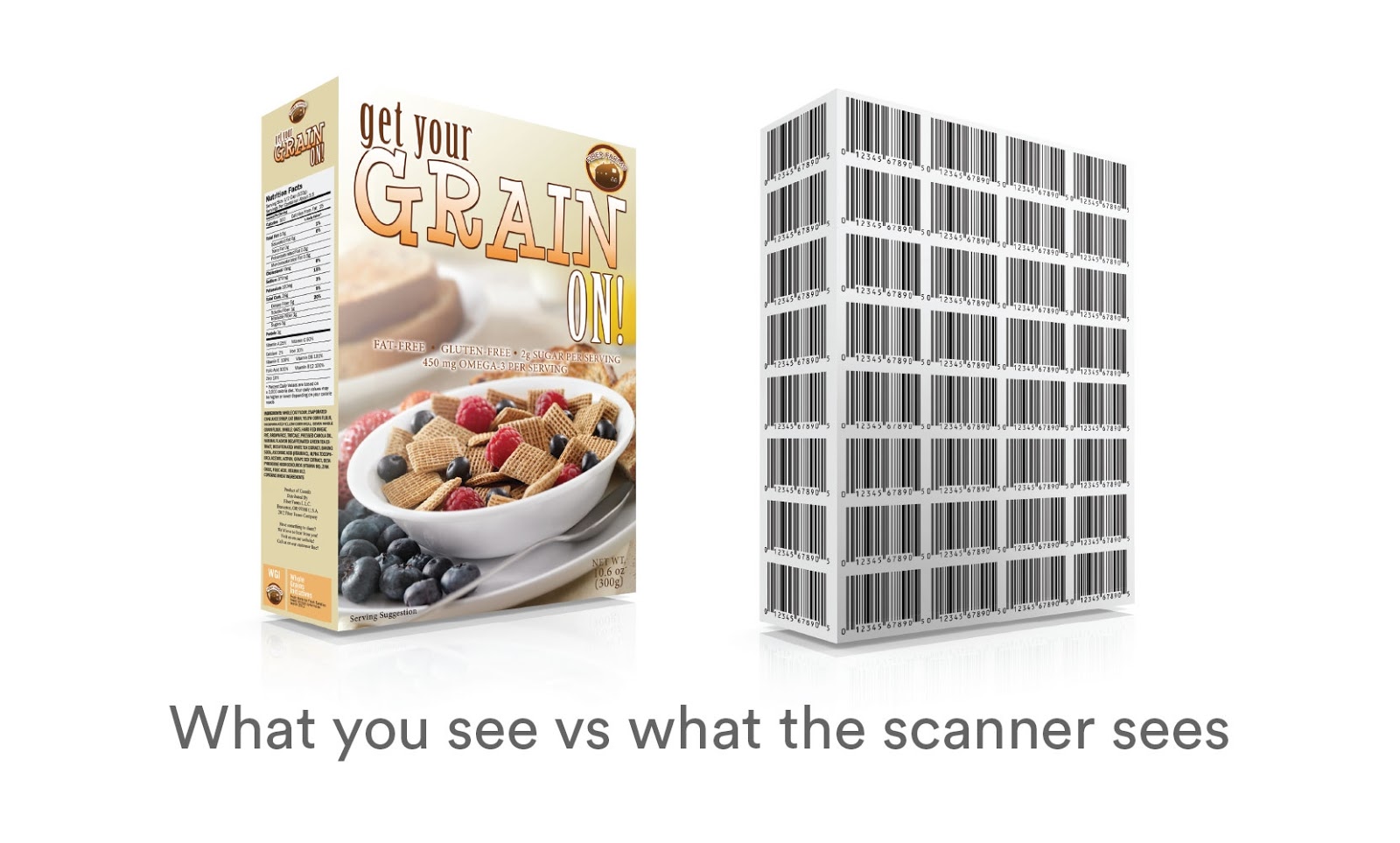What is GS1's Sunrise 2027 & Who Is Affected By It?
Sunrise 2027 is GS1's initiative aimed at transitioning from traditional, 1D barcodes to 2D barcodes across the global supply chain.
Yes – you heard that right. GS1 is retiring 1D barcodes by 2027.
GS1, which develops and maintains global standards for business communication, recognizes the growing limitations of 1D barcodes, such as the traditional UPCs and EANs. While linear barcodes have served industries well for decades, they’re restricted to basic product identification.
In contrast, 2D barcodes, like QR codes and Data Matrix, can store much more information – including URLs, batch numbers, expiration dates, and more – giving businesses a powerful tool to meet modern data demands.
GS1’s Sunrise 2027 initiative envisions that by 2027, all retail point-of-sale systems and non-retail healthcare environments will be ready to process 2D barcodes. But this isn’t just a tech upgrade – it’s about enabling richer product information, improved traceability, and better consumer engagement.
Why Change from 1D Barcodes to 2D Barcodes?
The push for 2D barcodes is being driven by two major forces: consumer expectations and supply chain complexity.
Today’s consumers want to know more about the products they buy – from sustainability practices to allergy information to where it was made. Businesses, on the other hand, need faster, more detailed data to manage recalls, reduce waste, and support automation.
1D barcodes just can’t keep up. Most 1D barcodes carry only a Global Trade Item Number (GTIN), limiting what information can be accessed at the point of sale or across the supply chain. 2D barcodes, especially when powered by GS1 Digital Link, can carry that same GTIN plus a whole lot more – and even link directly to a brand’s digital content.
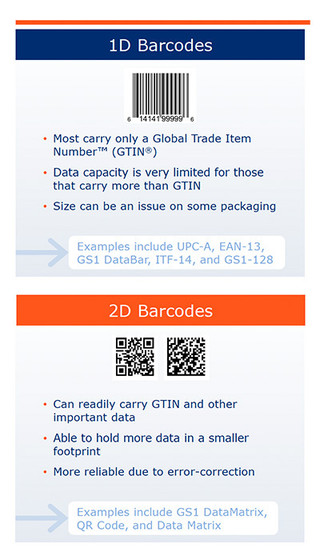
What Can 2D Barcodes Do?
- Inventory management – Faster and more accurate tracking of products.
- Product traceability – Clear visibility of batch/lot numbers and expiration dates.
- Consumer engagement – Scan a package and access recipes, promotions, or sustainability info.
- Sustainability – Better packaging optimization by combining functionality (POS + marketing) into one barcode.
- Global interoperability – 2D barcode standards are recognized worldwide.
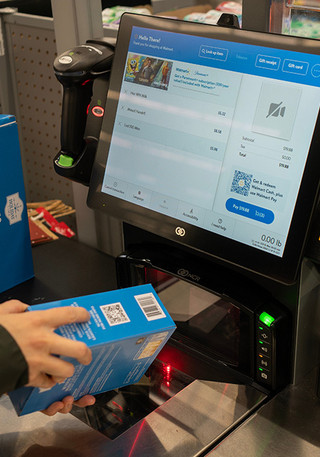
Who Is Affected by Sunrise 2027?
Retailers and Brands: All systems that scan products at retail point-of-sale (POS) – whether in-store, curbside pickup, or delivery – need to be ready to read 2D barcodes by 2027. Brands introducing new products, redesigning packaging, or selling into retail should start testing and piloting 2D now.
Healthcare Providers: In non-retail healthcare settings like hospitals and clinics, systems must be ready to scan and process GS1 DataMatrix codes at all product levels. This helps ensure accurate tracking of medicines, medical devices, and supplies.
Consumers: While not directly affected operationally, consumers will increasingly see more dynamic barcodes on packaging, offering them more transparency and interactivity.
Will 1D Barcodes Actually Go Away?
Don’t worry – 1D barcodes aren’t disappearing overnight. In fact, GS1 recommends a dual-marking approach during the transition period. That means products will feature both a 1D and 2D barcode until 2D scanning becomes fully supported.
The same GTIN used in your 1D barcode can also be used in the 2D barcode, so there’s no need to assign new product numbers. Eventually, once the ecosystem is ready, brands may choose to only feature the 2D barcode on their products.
Getting Ready for Sunrise 2027
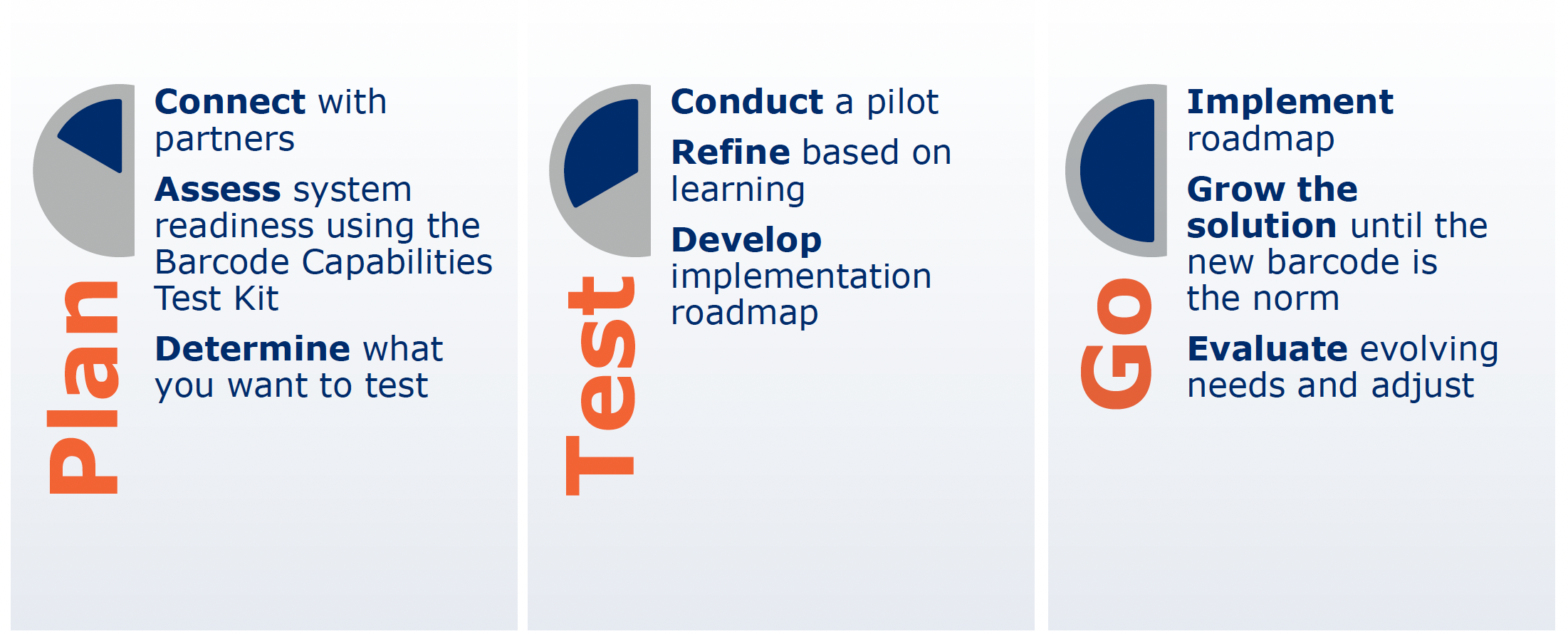
- Assess your systems – Use GS1’s Barcode Capabilities Test Kit to evaluate whether your POS or scanning environment can support 2D barcodes.
- Start testing – Pilot a small batch of products with 2D barcodes and measure the performance.
- Connect with partners – Coordinate with retailers, distributors, and packaging teams to ensure alignment.
- Develop an implementation roadmap – Plan when and how your products will transition to 2D barcodes.
- Educate your teams – Ensure internal teams and suppliers understand 2D capabilities and requirements.
Choosing the Right 2D Barcode Format

- GS1 DataMatrix – Great for packaging where space is limited or for internal supply chain use.
- QR Code with GS1 Digital Link – Ideal for consumer engagement since it can link directly to online content.
- Data Matrix with GS1 Digital Link – A hybrid option when space is tight but digital experiences are still a priority.
Retail systems (especially POS) must be ready to support all three barcode types.
Beyond Sunrise 2027: What's Next?
Sunrise 2027 is a milestone, not a finish line. GS1 expects that the shift to 2D barcodes and 2D barcode scanners will unlock new opportunities in AI, machine vision, and supply chain automation. As businesses digitize more of their operations, 2D barcodes will serve as a data-rich gateway to powerful analytics and improved decision-making.
Final Thoughts
Sunrise 2027 marks a new era of barcode technology. Whether you're a global brand or a small business, preparing now will ensure a smoother transition and set you up for long-term success.
Want to dive deeper or get involved? Visit gs1us.org/sunrise2027 or email Sunrise2027@gs1us.org to learn more.


